Zig Ziglar said “If you aim at nothing, you will hit it every time.” How many of you have no plan and no goals? How many of you have objectives and goals but no plan on how to achieve them? One more question and this is the most important. How many of you have objectives and a plan, but do not measure the results and actively share them? This is no different than the two teams that finally make it to the Superbowl only to find out there is no scoreboard, no timeclock, no down marker, nothing to measure how each team is doing and who is winning. Don’t underestimate the importance of Objectives, Goals, Strategies, and Measures. They drive results. They provide a roadmap for the organization. They also provide clarity to every single employee.
Read More
Most companies spend countless hours working on strategy, sales and growth plans, financial plans, and 5-year forecasts, also known as HIP (High-Involvement Planning™). They have numerous spreadsheets, presentations, and market data to support their plan. They bring in macro and micro-financial gurus to validate their information. The board approves the plan, and everything is ready to go. Wait a minute. The company forgot to answer the most important question. Who will be responsible/accountable for making sure this gets accomplished? Do we have enough capable and available leaders to grow the top and bottom line 10%? Who is going to open and manage the new locations or the acquisition? Who is going to lead the new product launch? Good question/s.
Read More
"I hate my job!" How many people at one time or another in their lifetime have felt this way? How many people have come home and told someone this? Let me answer that for you...Everyone! Johnny Paycheck sang about it. He had a #1 country song in 1977 titled, “Take This Job and Shove it.” People often think the only good job out there is the one they left and the one they’re going to. It's never the one they’re currently doing. Why is This?
Read More
A large number of company’s revenues have been affected negatively by COVID-19. Even worse, some have had their revenue shut off completely. One might ask, “Why should I worry about sales? Especially when my company is struggling and my potential customers are distracted by their own struggles?” If you've asked yourself this question, realize you're only thinking about the current situation and not the future. You're not considering all your options or the “What if’s?”
Read More
January 30, 2006, was my first day on the job with Central States Manufacturing. During my initial on-boarding process I was given a copy of a book called The Great Game of Business® and was told to "write a book report” on what I thought the book was about. My new employer handed me my first task before the discussion about the companies health benefits, before showing me the videos on forklift safety and blood-borne pathogens, even before they'd gotten all my employee details logged. I’m not completely sure they had my social security card yet! It was THAT important to them. At the time, I had virtually no idea the impact of reading that book and working for a company like Central States would have on my life over the next 14 years. I'm here to tell you about how that book report completely redirected and changed my life.
Read More
What is an effective way of developing a sense of ownership? Over the years, I have talked to several business owners who want their employees to think and act like owners. They want them to be engaged and passionate about their jobs and the workplace culture. They want them to enjoy coming to work. Workplace culture in an employee-owned company should come easily, right? These owners often see setting up an ESOP as a way to change the organization’s culture and instill the aforementioned traits of thinking and acting like an owner. Two or three years later, I talk to some of the same owners, who once saw the ESOP as a cure for their cultural problems and now blame the ESOP and the employees for their inability to create an ownership culture. They say: “I started this ESOP thinking that it would make all my employees care about their jobs. The dream of an ESOP ownership culture hasn’t done anything. In fact, their behavior is worse now.” One would ask: “Why is it worse?” The answer is that these owners were using leadership to manage employees before the ESOP, and after the ESOP, they quit leading and managing them at all because they thought the ESOP would do this for them. I’ve heard of several cases like this. So, if the ESOP is not going to be the magic potion, what is?
Read More
One of the questions that I hear most leaders ask is, “How do I keep employees engaged?” Is money effective? How about bonuses, or a promotion? As most of you know, very rarely do these work, especially in the long term. Usually it’s the simple things in life that works the best. Remember, you are dealing with people. What works for employees works for spouses, children, siblings, and your friends. Below are 3 very simple ideas on engaging and motivating employees. These ideas are simple, but still require focus and take the time to implement.
Read More
More and more companies these days have begun to pay attention to the topic of employee engagement as a way to help drive their future growth and workplace culture. Unlike the days of old, when workers - especially those on the frontline - were expected to do little more than punch a clock and perform rote tasks, today’s leading organizations have come to appreciate how valuable it can be for manufacturing workplace culture in particular when employees throughout every level of the company bring their passion and creativity with them to work every day.
Read More

.png)

.png)

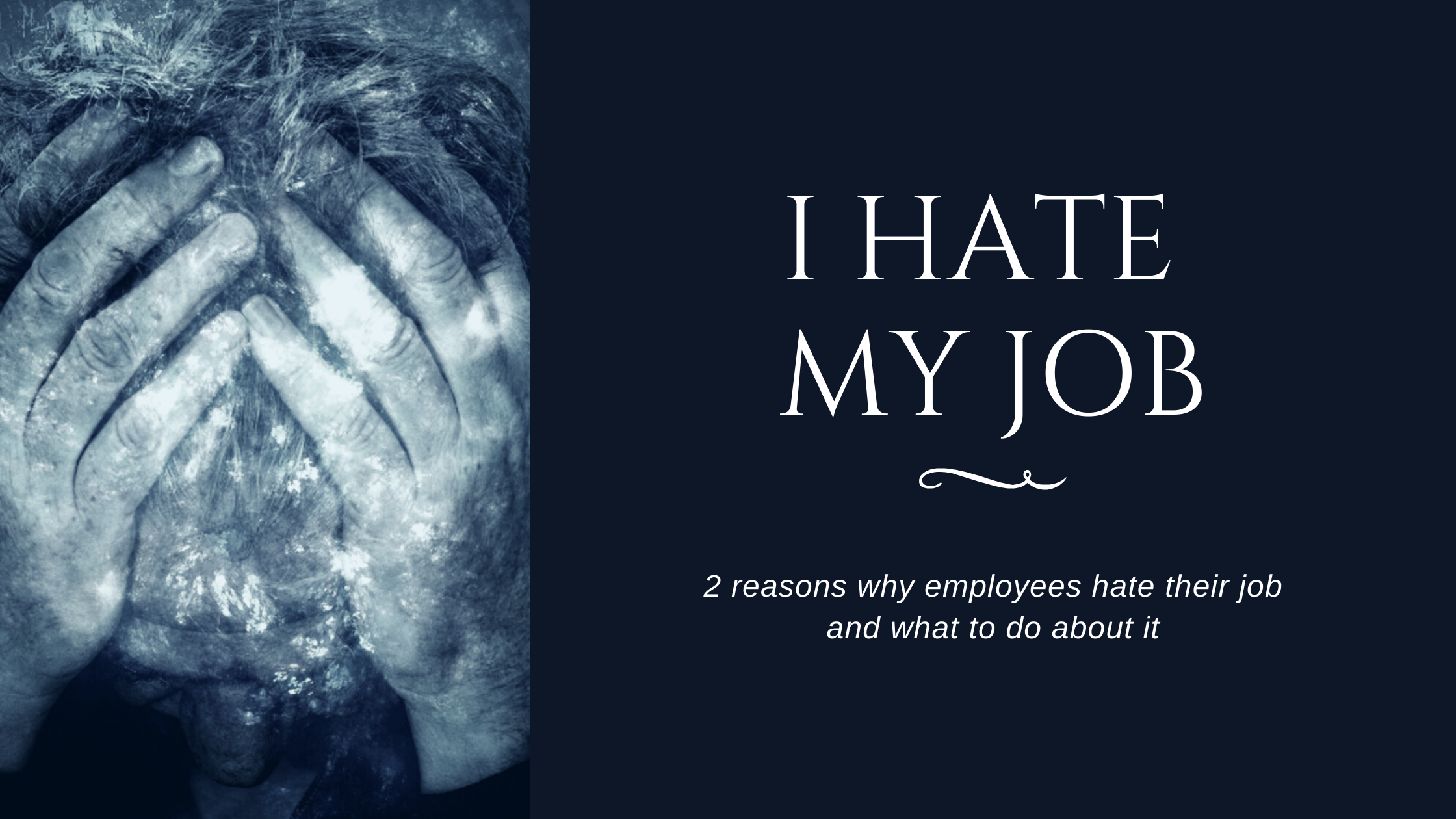

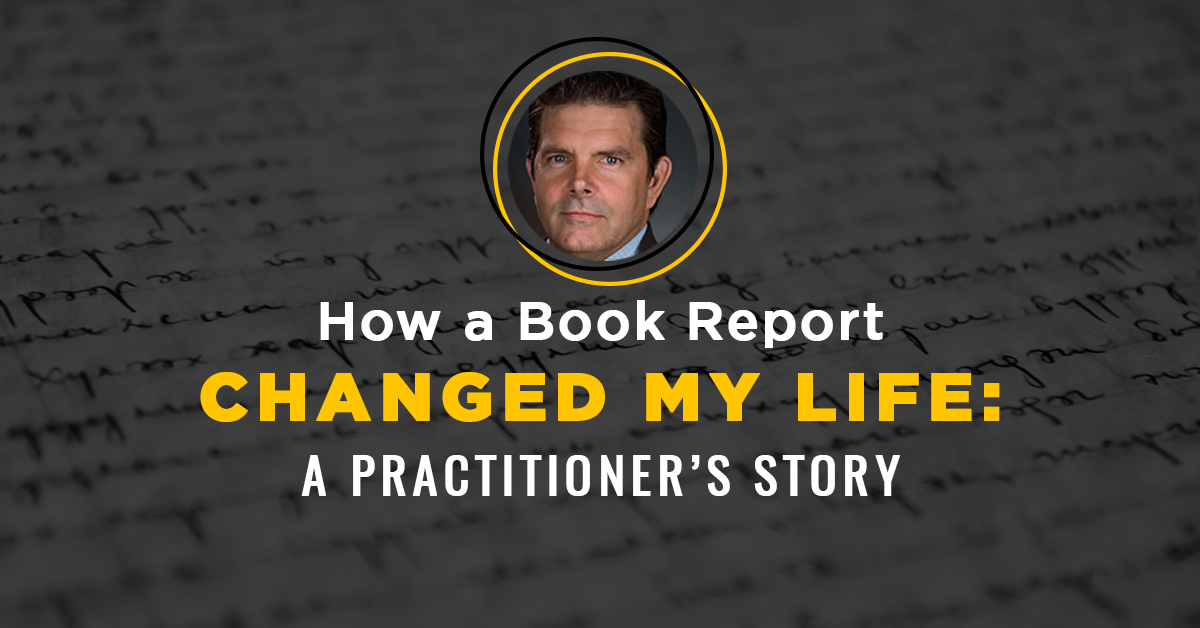
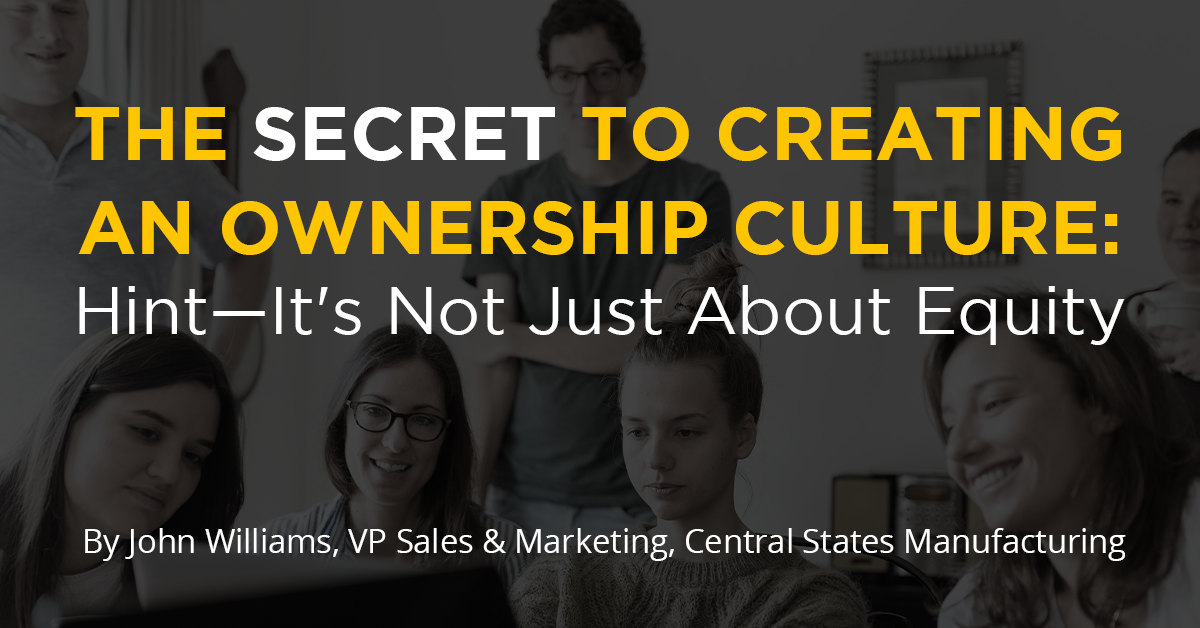
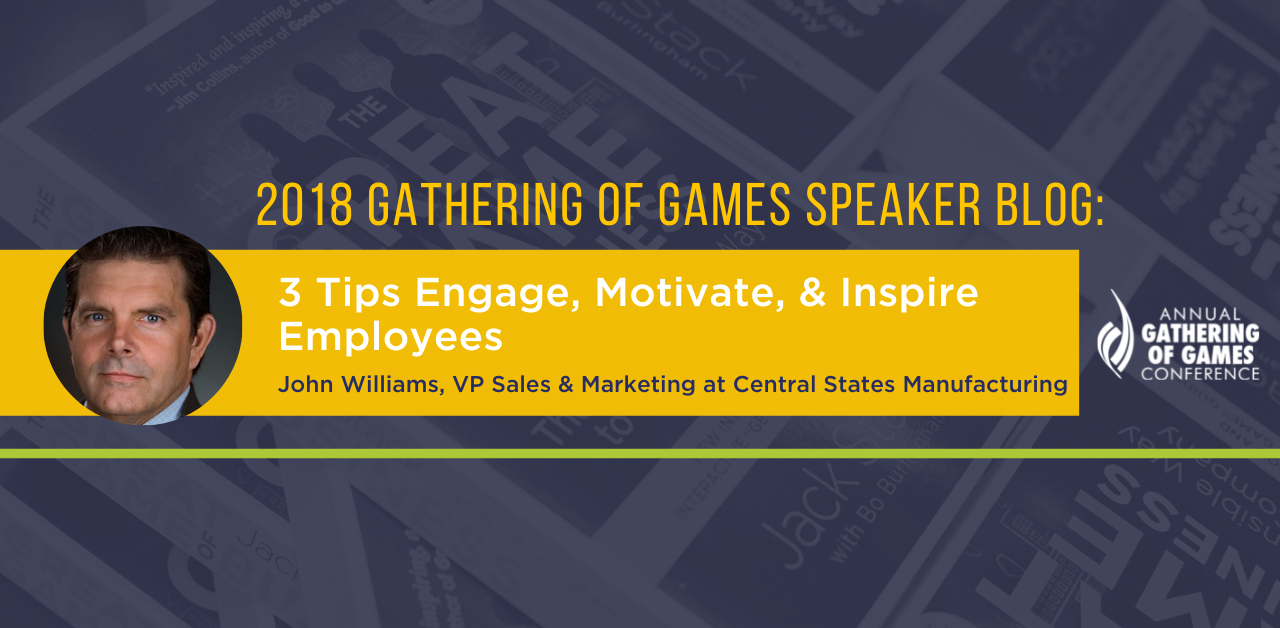





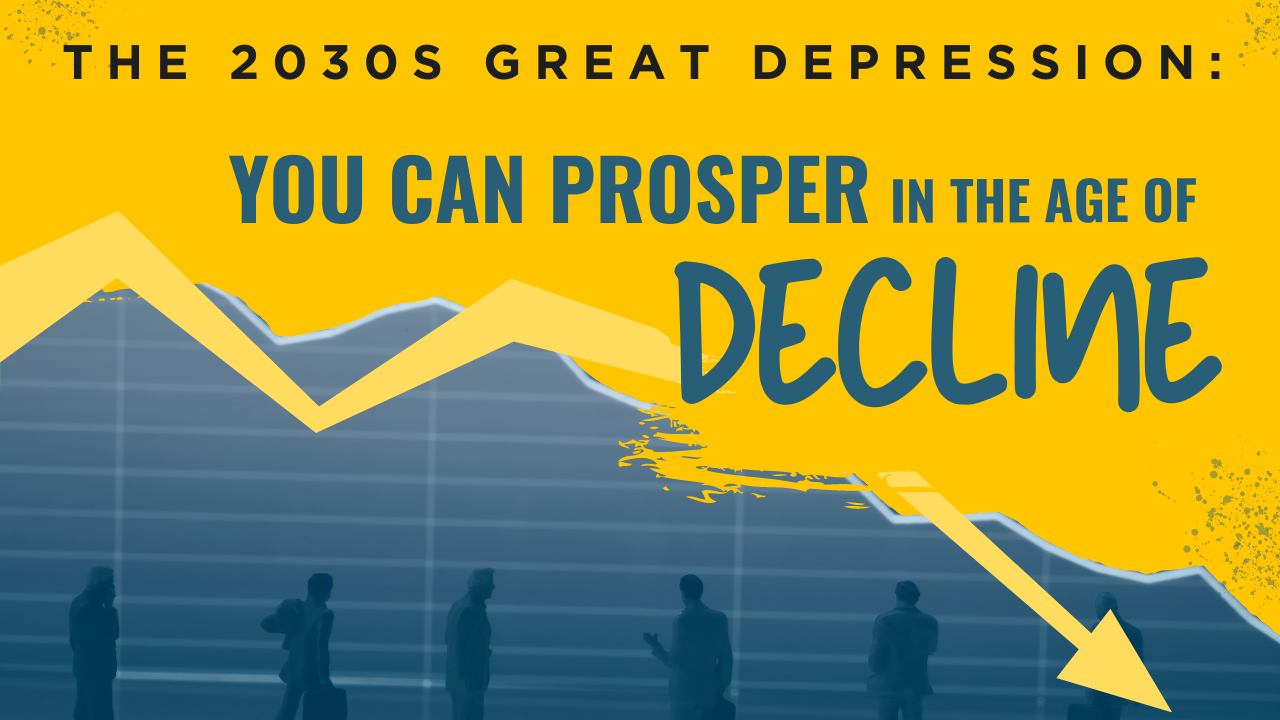


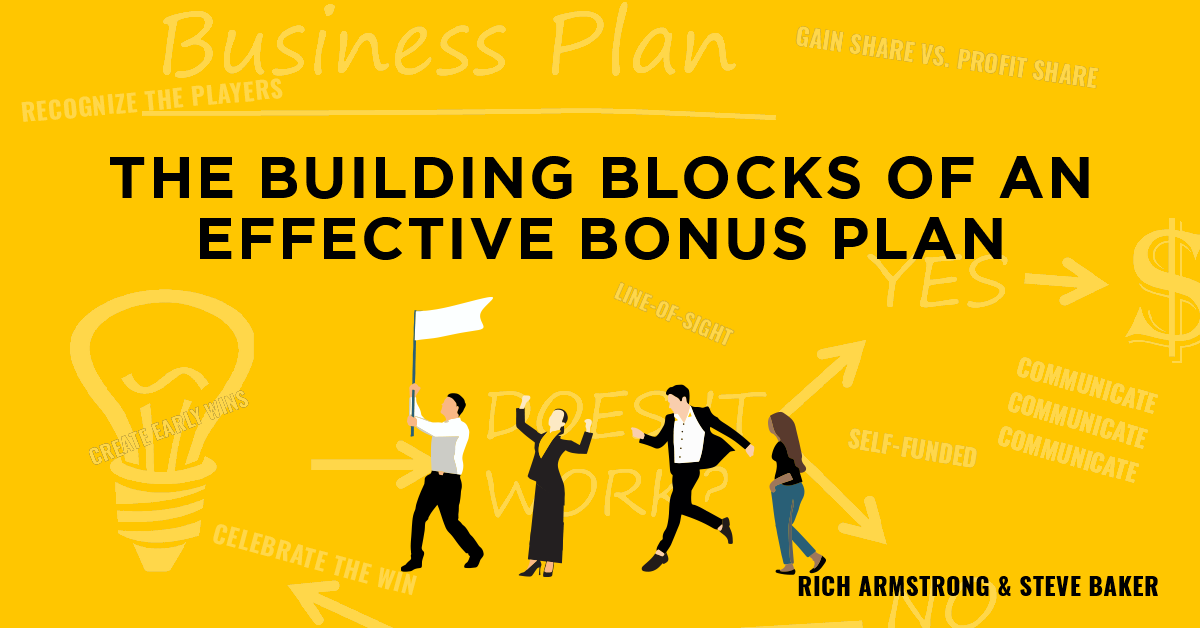
.png)
.png)
